Destination: charming Jekyll Island, Georgia! With wide open spaces, nature galore, safe biking to literally the entire island, historic mansions that harken back to an altogether different time, independently owned shops and restaurants, beautiful golf courses, and endless dog-friendly beaches, RUN – don’t walk – but RUN like the wind — to Jekyll! Finn demonstrates proper form for your mad dash!
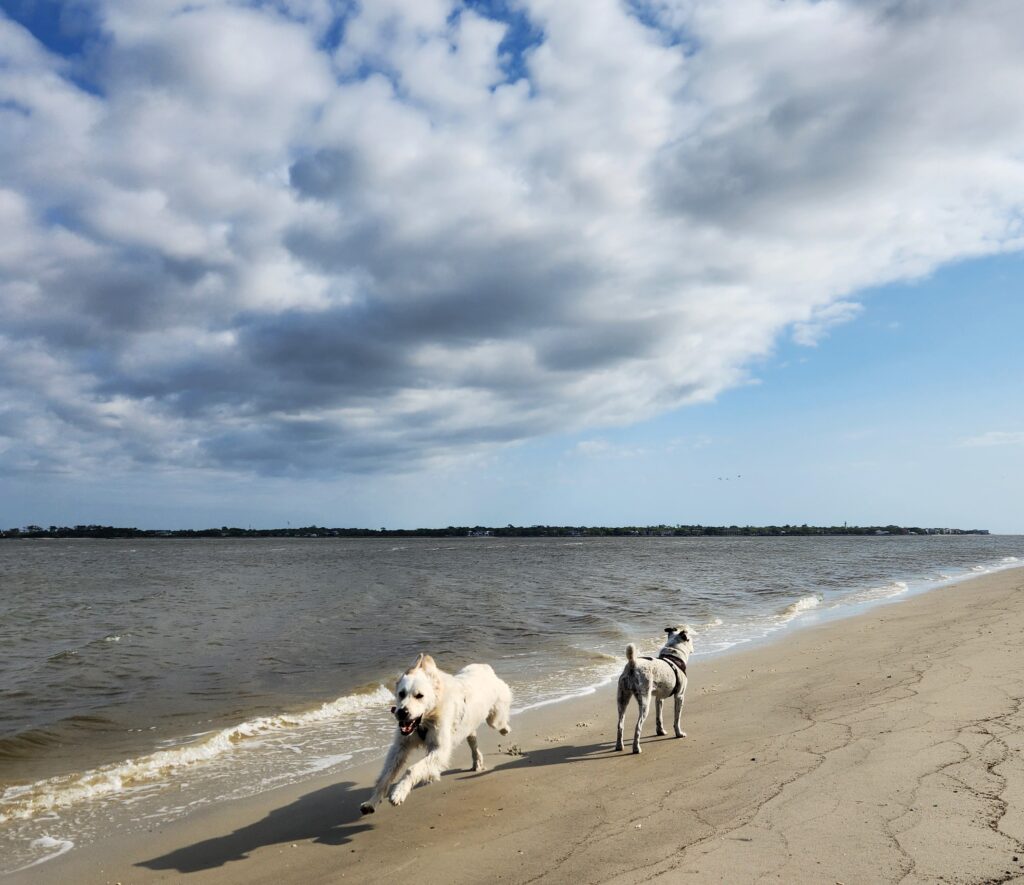
Georgia’s “Golden Isles” contain some of the most pristine barrier islands in the country. They’re called the Golden Isles for their golden sunsets, or in the case of (private) (crazy expensive) Sea Island, for the vast holdings of gold bricks you need to own to live here. There are 8 of them, and it can be confusing which ones to visit, so allow me to clarify and save you a ton of time if you’re seeking charming, laid-back adventures: you wanna go to Jekyll!
But don’t just take our word for it …..
#1 National Travel Destination by Money Magazine (2019)
Best Island in the Continental U.S. by Travel and Leisure Magazine (2020)
Top Beaches in the U.S. by TripAdvisor (2021 and 2022)

Of the 8 Golden Isles, there are only 4 you can reach by car, without a boat or ferry. St. Simons Island (not to be confused with Little St. Simons) is the largest and most popular. Now, we have nothing against St. Simons per se, and in fact we took the 30 minute drive over the bridge to have a delightful brunch with Philip’s cousins Gail and Brad, and Brad’s wife Margaret, whom reside on St. Simons, and whom we had not seen in many years.
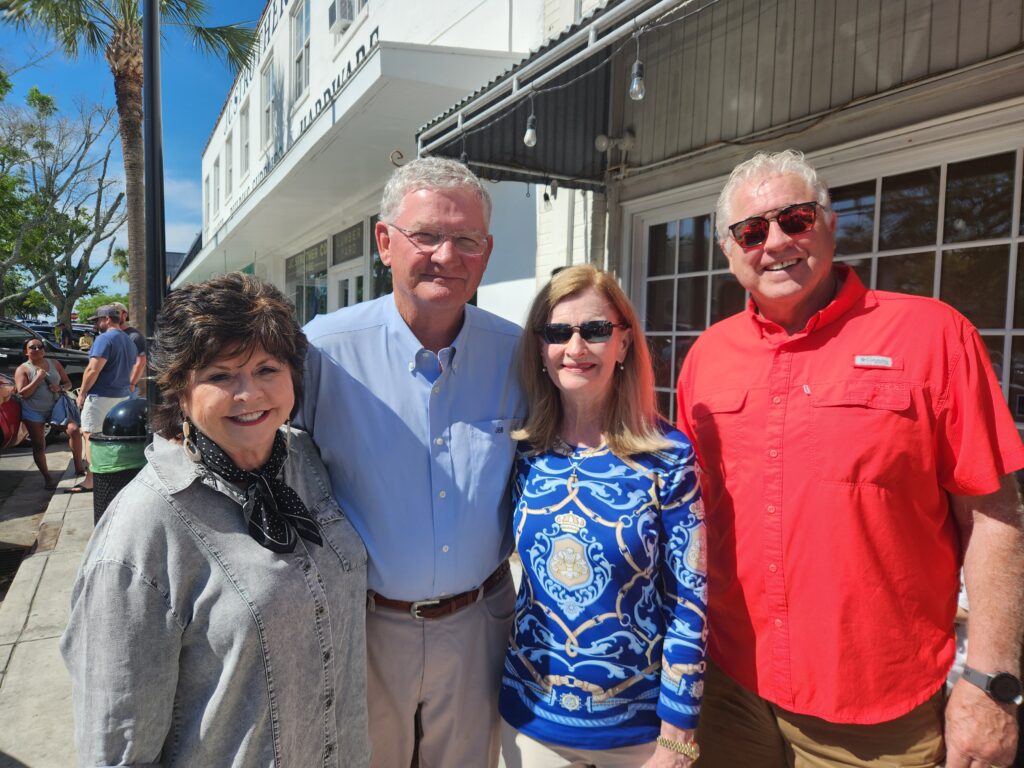
But there is no RV camping on St. Simons, and lotsa-lotsa people, and stoplights, and chain stores. So for us, and many like us, Jekyll Island shall forever have our hearts with its beauty, history, and laid back attitude. Jekyll Island is largely owned by the State of Georgia and operated as a state park. But before that, it was a fabulous, private getaway for the very wealthy in the 1890’s – 1930’s. And all that money-throwing-around’ing was centered around the Jekyll Island Club, a favored retreat of America’s wealthiest families from Christmas to Easter.


Today, it’s a luxury hotel, but back in the day, the developers sold the mega-wealthy a membership in this club, so long as they also bought real estate for a “cottage” (getaway mansion) on Jekyll. 20’ish families did so, and in fact, when all 20 of those pillars of society gathered here, a full 1/6’th of the total U.S. wealth would be all together, noshing on their shrimp cocktails. Most of the 20 are still standing, vacant tributes to a time long past, and some of them are available for inside tours.
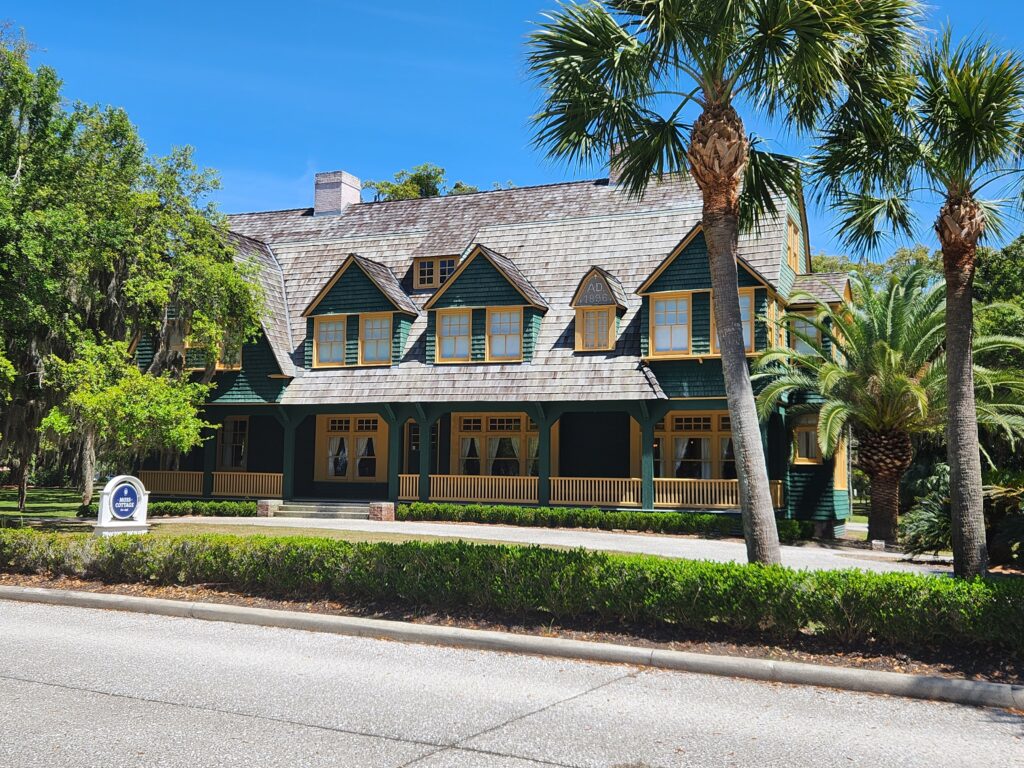

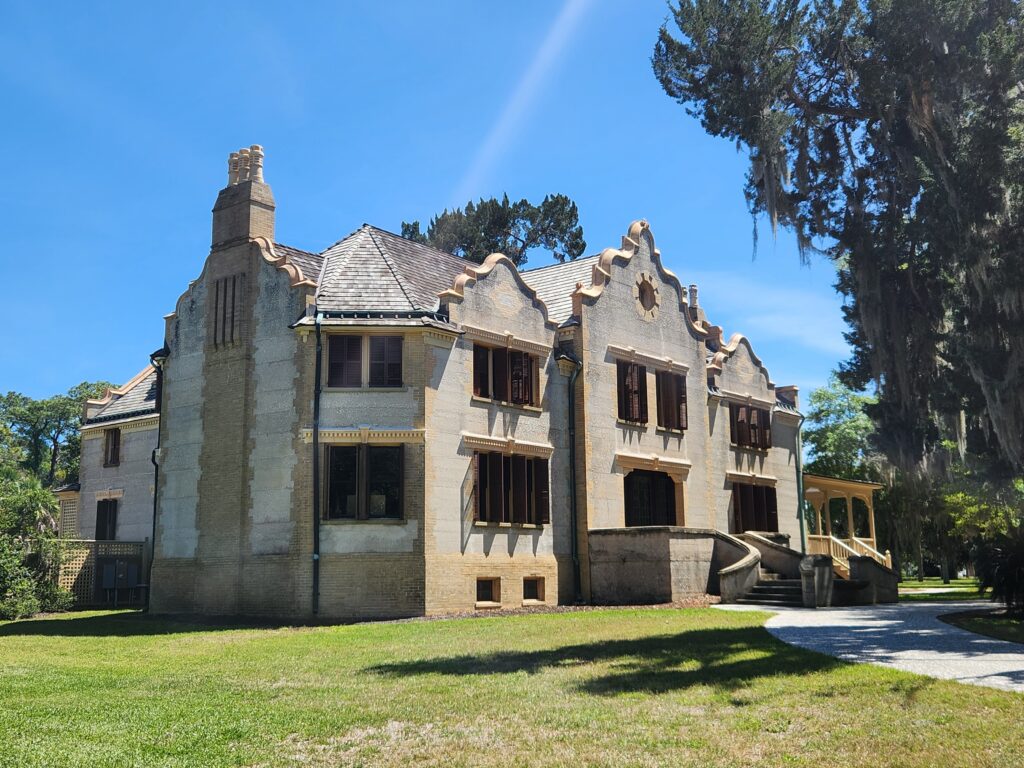
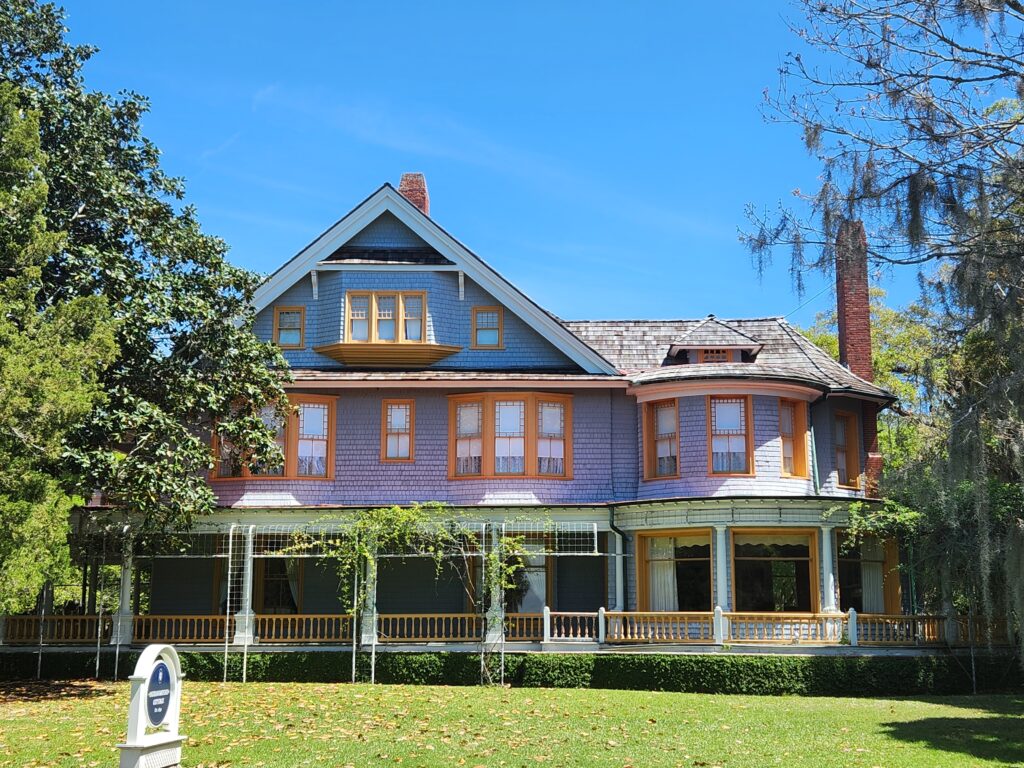
Nobody lives in any of these cottages anymore, with the families having abandoned Jekyll during the Great Depression, and World Wars I and II, but upon entry you can see that although not lavish, they are gorgeous, romantic and mysterious … like this unusual silk and bamboo ceiling, completely painted by hand!
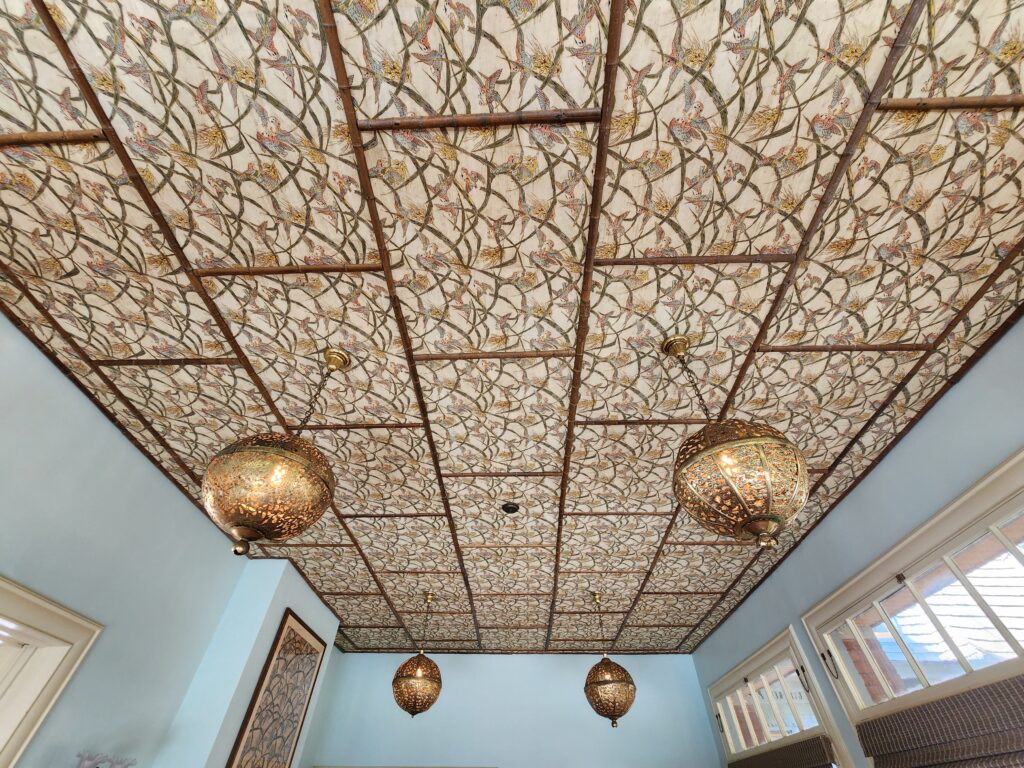
The entire island is covered in towering oaks, tall pines, and draped with Spanish moss flowing in the breeze.
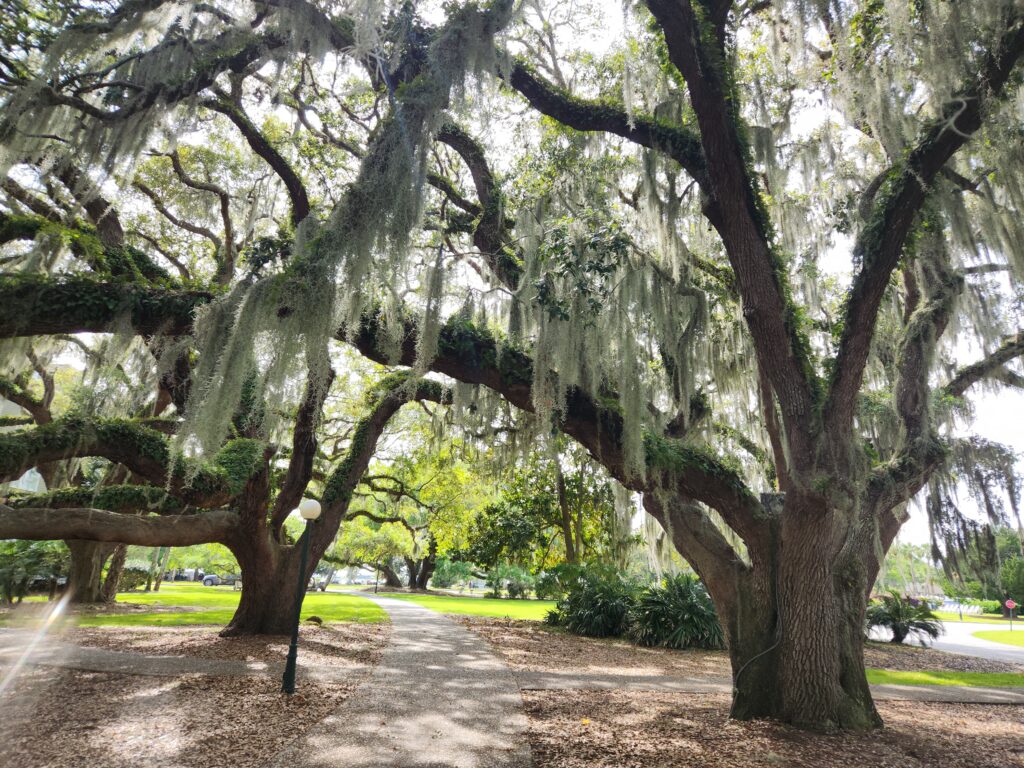
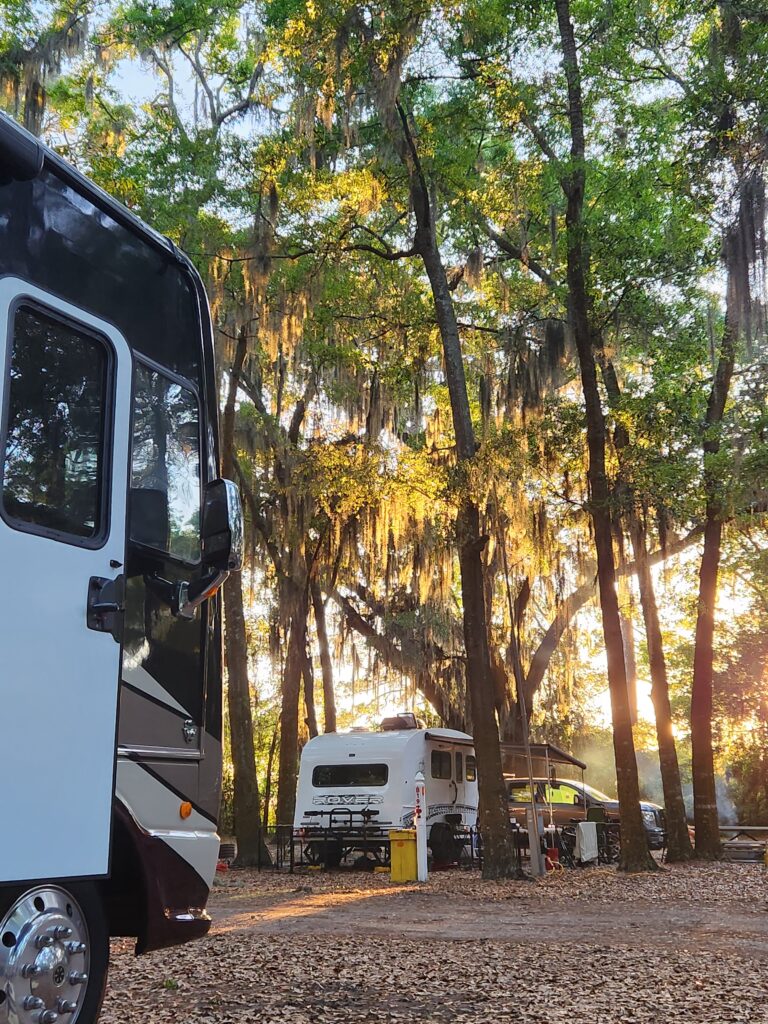
Jekyll Island is best explored by bicycle, and indeed 22 miles of wide, smooth bike trails encircle the entire island, including along the beaches, through creek-fed marshes, and through the 240-acre Historic District, housing the Club and the historic cottages. Golf cart rentals are also a popular means of transport.

If biking’s not your thing, you can take a guided trolley tour, available through the island’s excellent small museum, Mosaic, or perhaps you’d prefer a horse-drawn carriage. Either way, the stories of wealth, privilege and lush lawn parties will draw you in to a life lived long ago … truly the Golden Age of the Golden Isles.
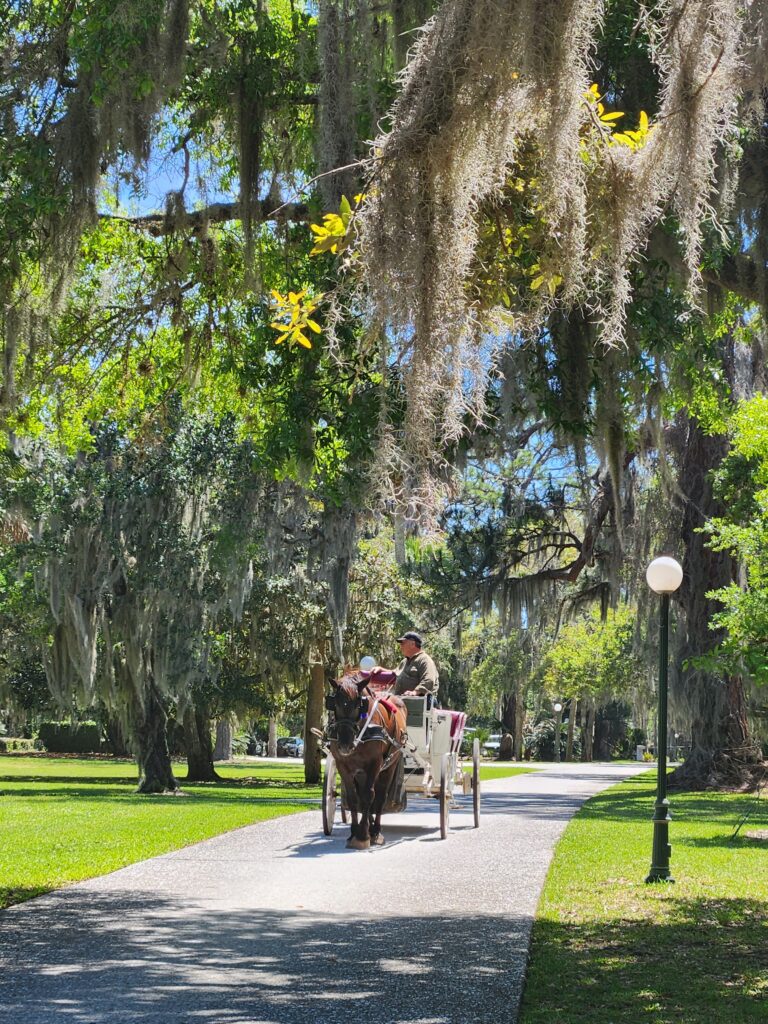
Other historic remnants of an illustrious past, albeit in much worse condition, include the Horton House, one of the oldest tabby houses in Georgia, from 1743, and built by the guy who brewed beer in Georgia’s first brewery, which means we liked him from the get-go, but there were no samples to be had here.

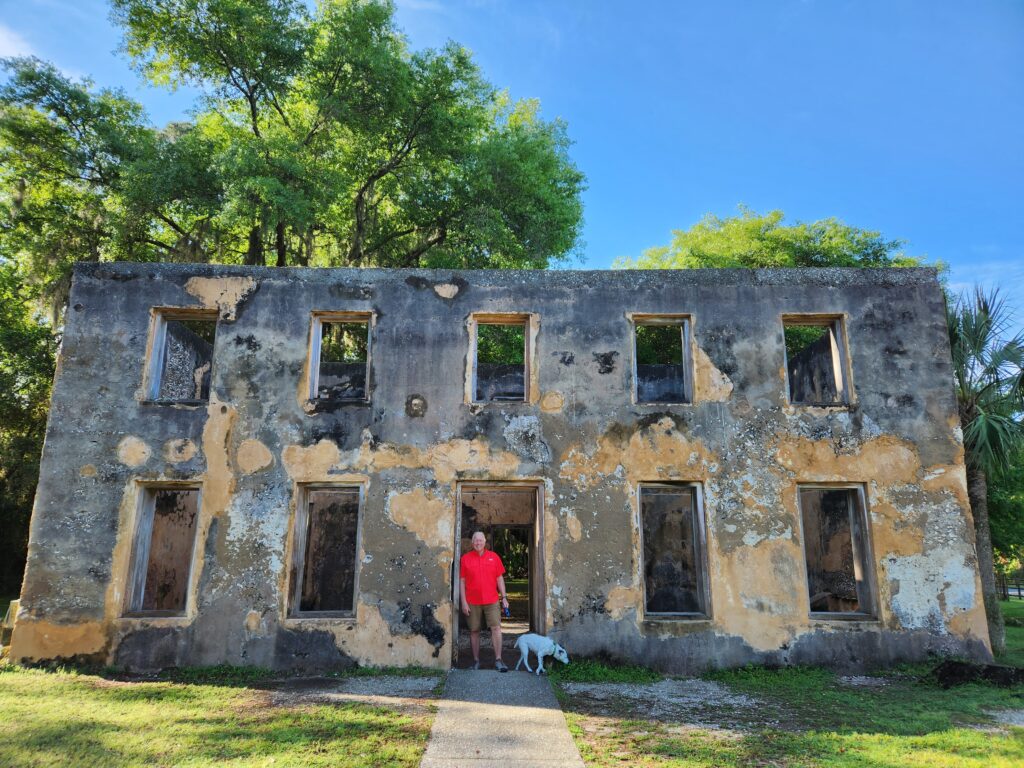
Remember in the 80’s, when something excellent was called “gnarly”? Here on Jekyll’s well-known Driftwood Beach, gnarly takes on both meanings: gnarly-excellent, and gnarly-twisted-wood! (I guess the proper term for the trees is “gnarled,” but whatever.) Consistently voted one of America’s most enchanting beaches, Driftwood showcases a hauntingly beautiful stretch of sand where weathered tangles of driftwood tree skeletons are scattered about, hapless victims of decades of beach erosion.
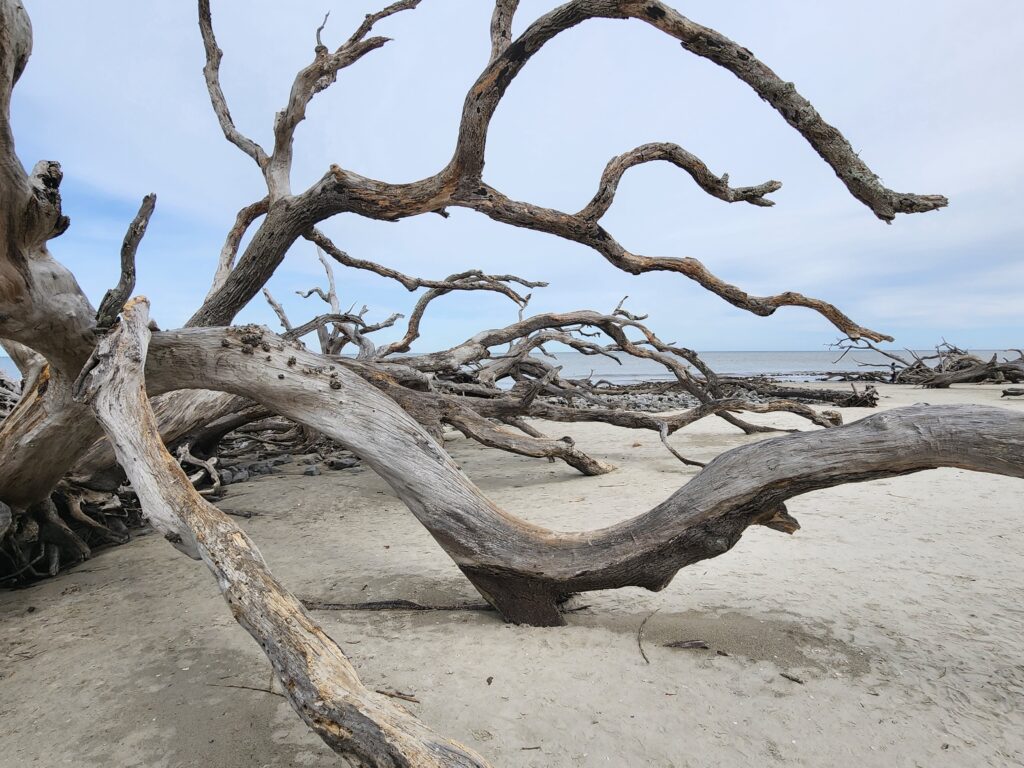

Ahhhh, doesn’t that look like such a deserted, private, romantic location …. right??! In reality, to have it all to yourself ….. there would have had to have been a recent nuclear holocaust. And this scene was late on a Sunday, when most of the weekend tourists had already left.
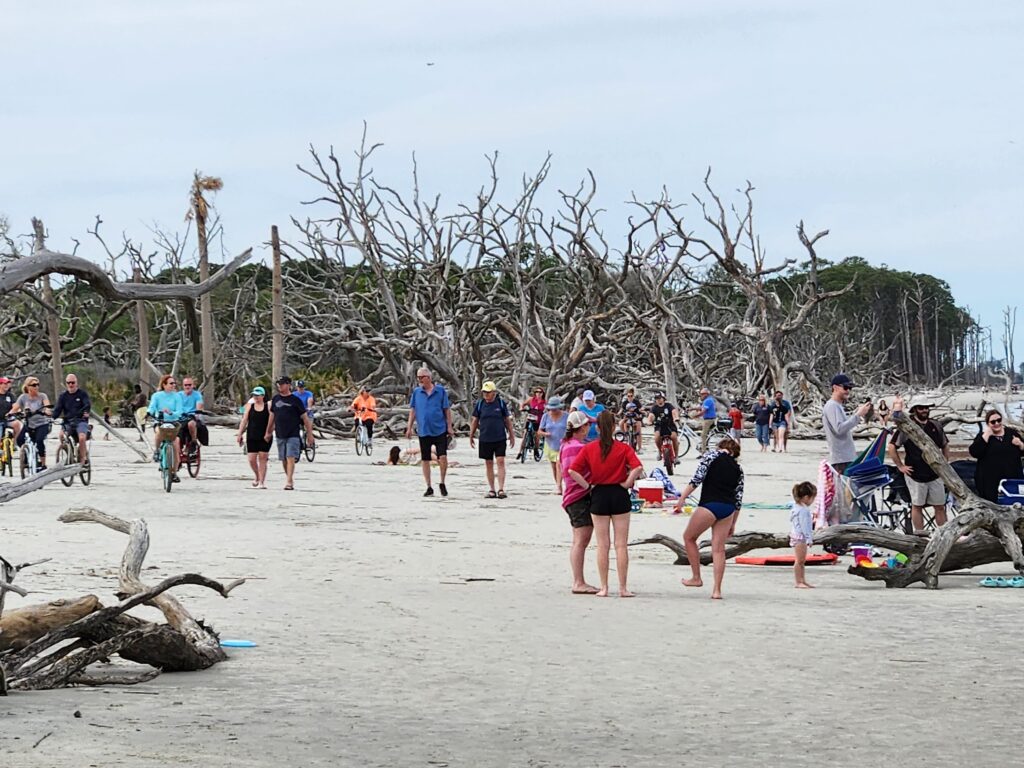
But for the most part, Jekyll is largely undeveloped and uncrowded, which is a large part of its charm. Probably the second-most-crowded place on Jekyll is the Georgia Sea Turtle Center, where they nurse injured turtles (loggerhead, green, diamond-back terrapins) and other miscellaneous wildlife back to health. Eagle-eyed readers (or should I say turtle-eyed readers) will spot the turtle outline artfully included in the pavers below.
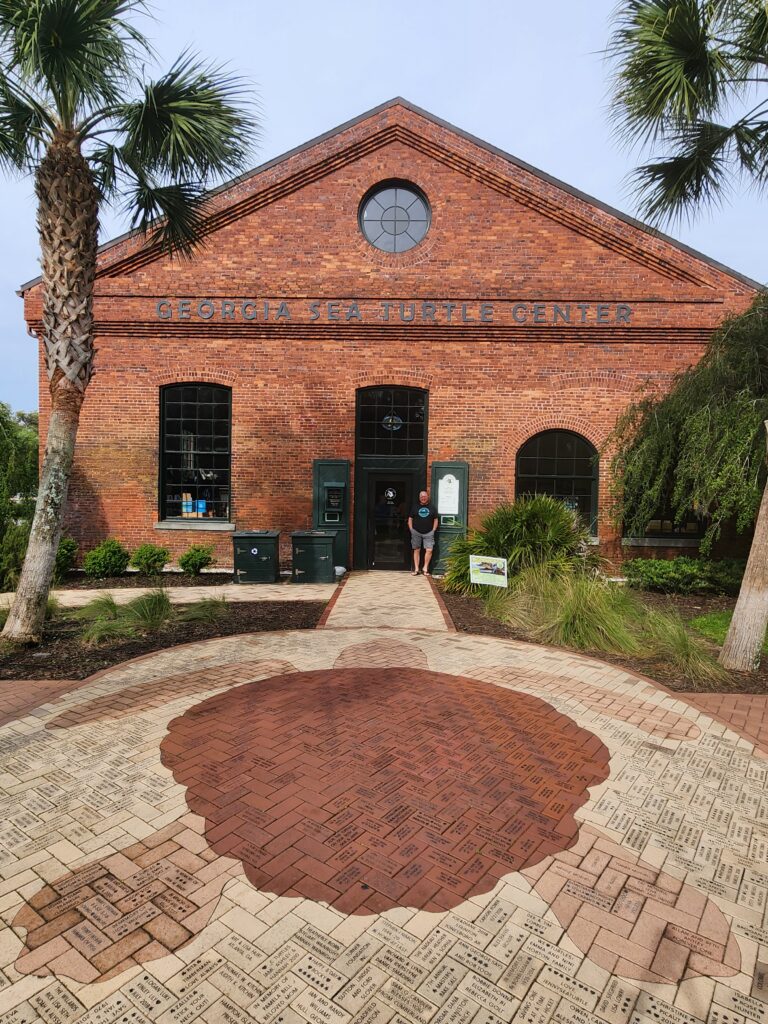
A working hospital and the only rehabilitation center for endangered sea turtles in Georgia, you can tour its facilities and see their doctors and scientists at work. There’s even a group called Turtles Fly Too that helps to transport injured turtles to and fro this facility.
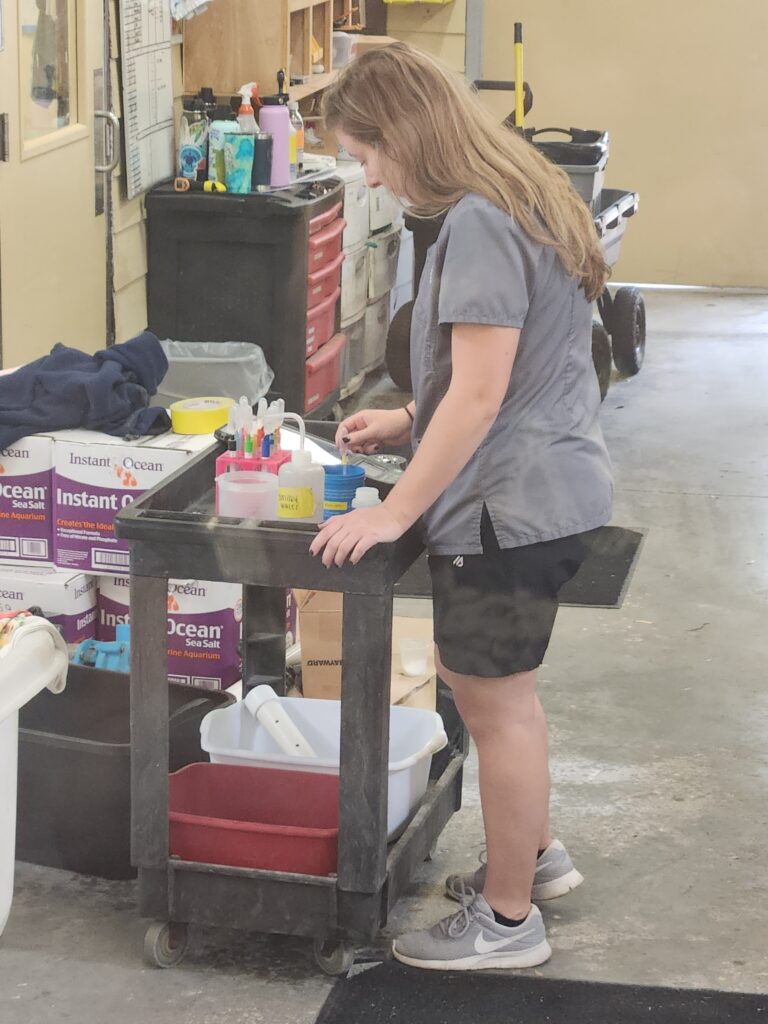

Mirrors mounted above each tank give you a better look at the patients, and placards inform you of their medical issues. If you’re a turtle, its a dangerous existence, being easy targets for boat propeller strikes, hypothermia from sudden cold snaps, ingesting trash and pollution, and other modern-world perils. Some of them “check in but can never leave,” (my bungled ode to the Eagles’ Hotel California song), being permanently disabled, but the goal for most is to heal them and set them free again.
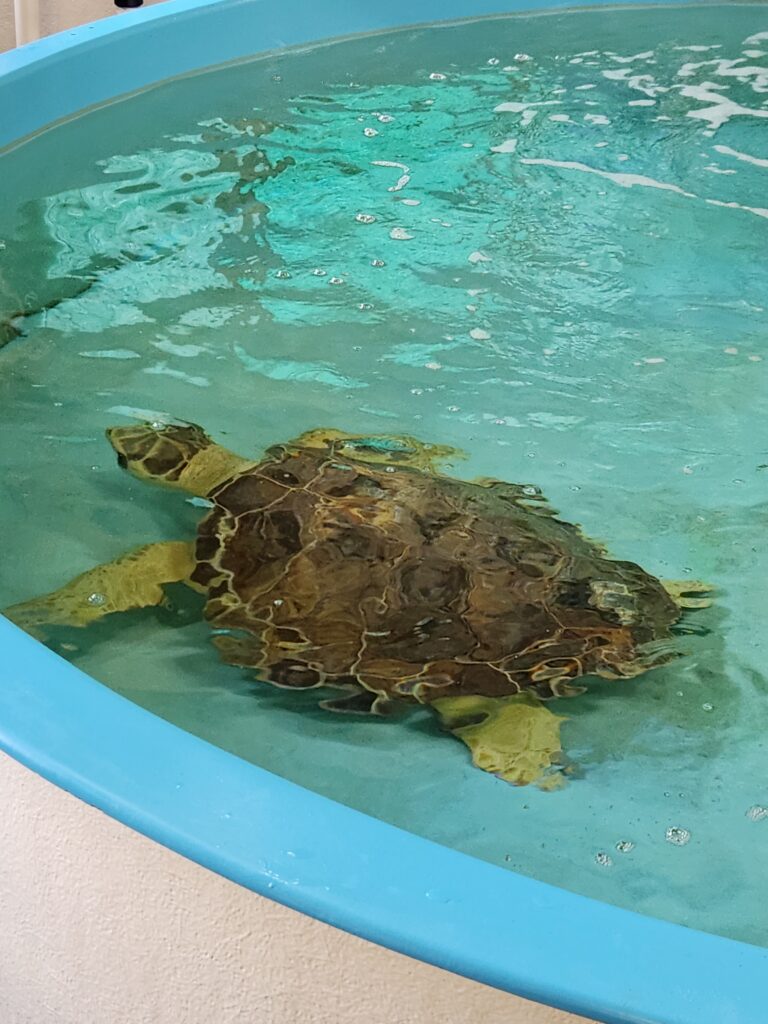

They have a lot of programs including turtle walks, volunteer night patrols, and more. They also have a lot of children. Many, many children, darting here and there, and shrieking. We love kids, but this was kid overload. Beyond that kind of wild life, we encountered some other unusual wildlife while on Jekyll, and the kind folks at the Sea Turtle Center were able to give us more information on what we erroneously assumed was a snake skin.

Nope, turns out it’s a whelk casing! A whelk is a carniverous sea snail, (which, by-the-by, we discovered was quite delicious in butter and garlic when we tried them in Maine a few years ago). Whelks lay their eggs in this long, spiral-shaped casing, which the female protects from tides by anchoring one end at the bottom of the ocean. The strand contains up to 200 small pouches, and each pouch contains up to 99 eggs … 19,800 baby snails per cycle! The beaches displayed evidence of lots of beautiful creatures.
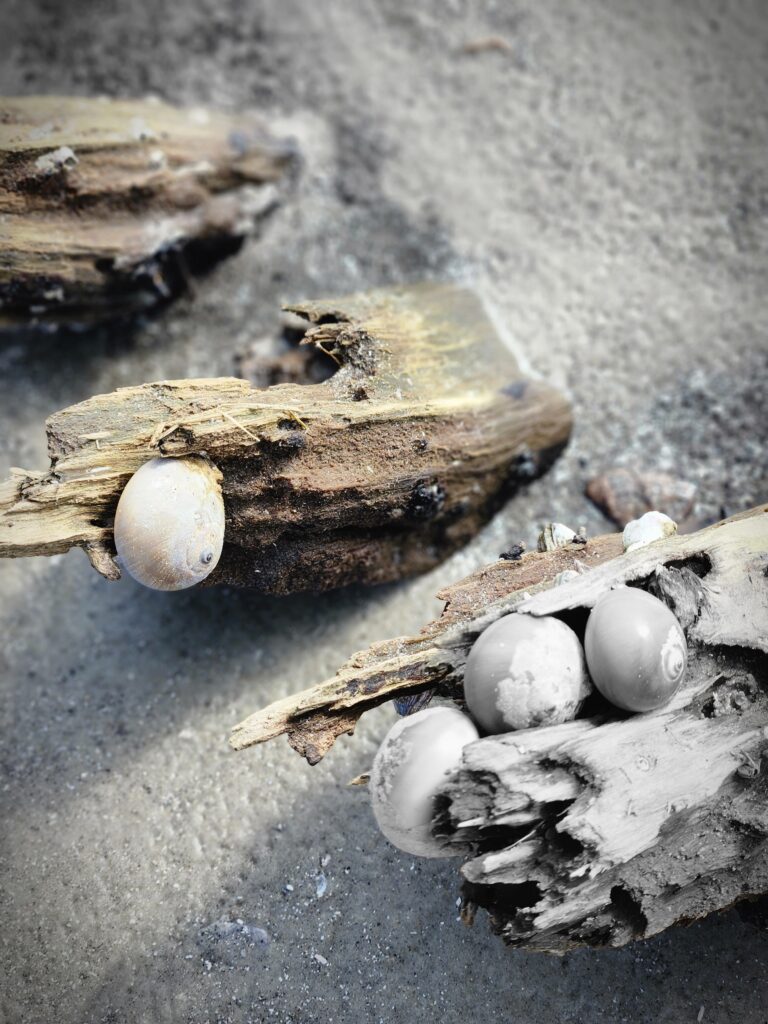
Although all 10 miles of Jekyll beaches are dog-friendly and basically deserted, our favorite was the beach on the north end at the Clam Creek Pier area. You can even rent a horse for a ride along the beach.
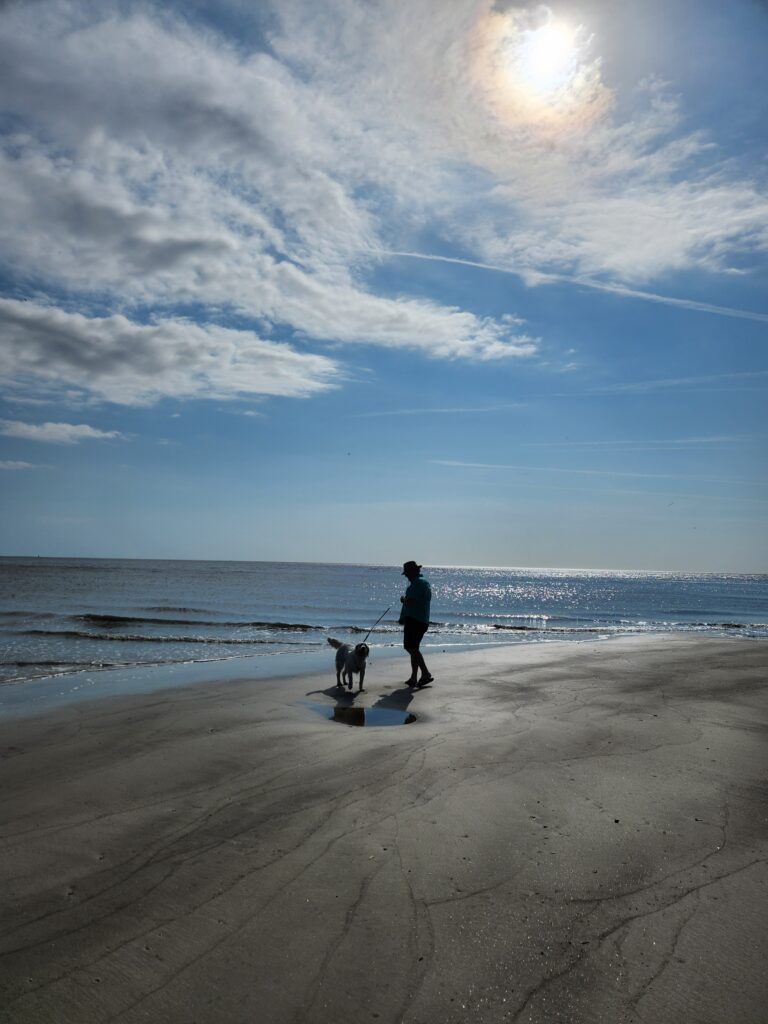
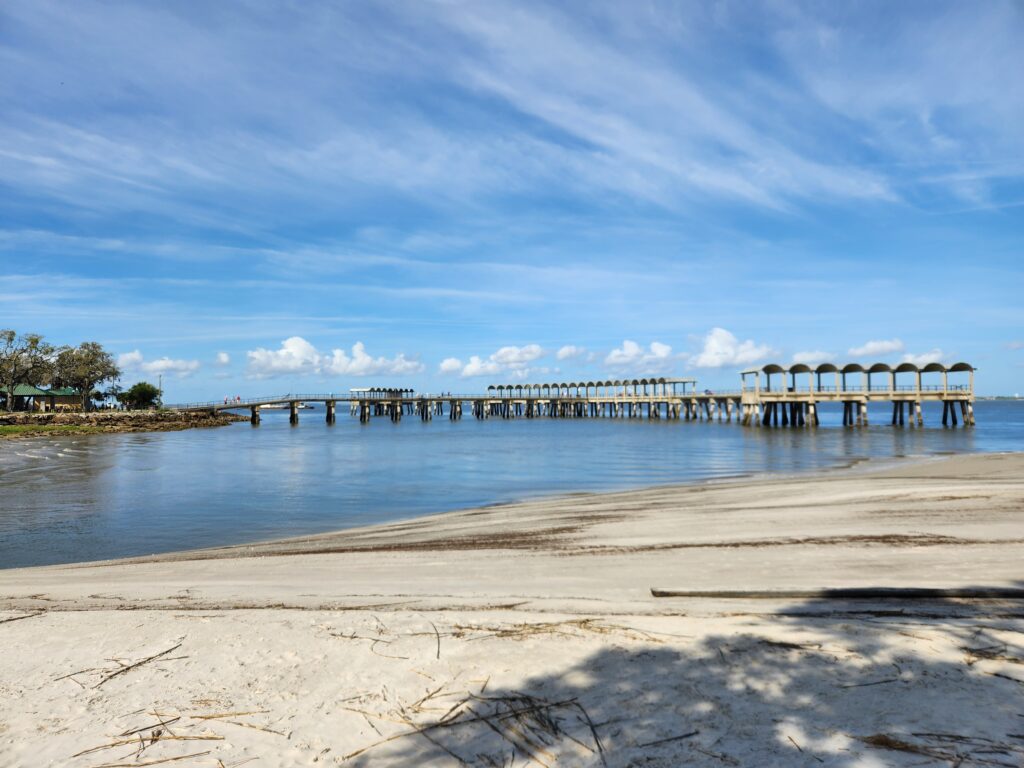
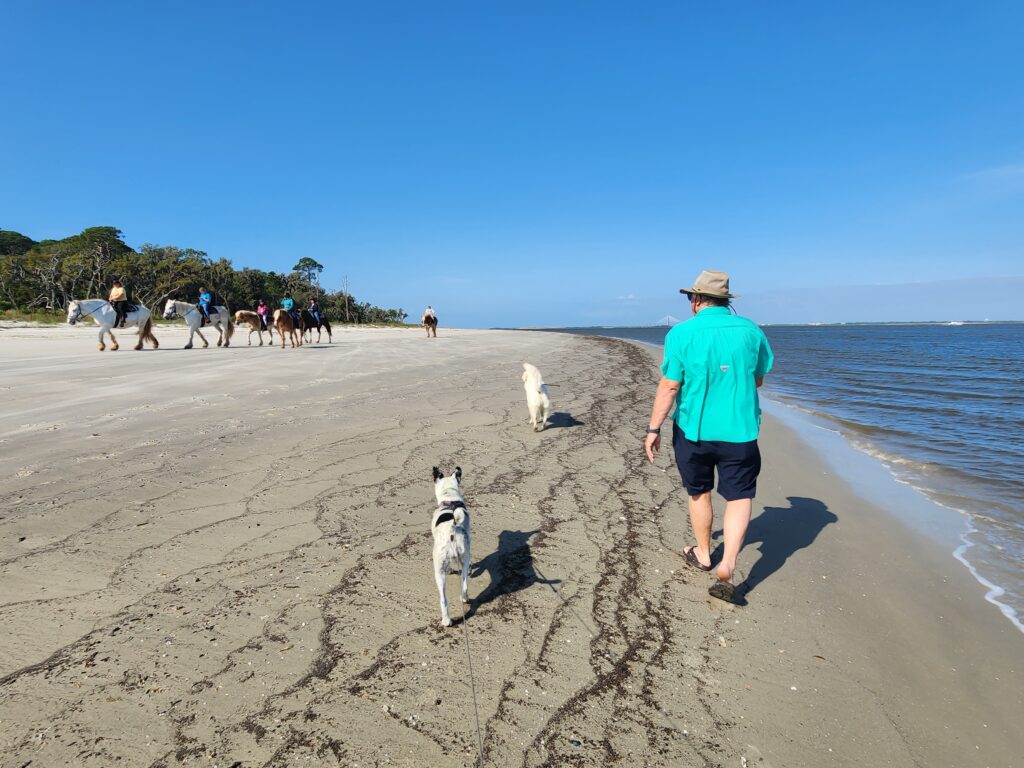
What can we say … like most who visit here, we too fell under the gentle spell of Jekyll Island … entrancing visitors for generations!


Tybee Island
Our next stop was another Georgia island, and while it was very nice, we were still under Jekyll’s spell, and thus nothing could compare. Tybee Island, considered “Savannah’s Beach,” is just 17 miles south of the city well-known as the location of “Midnight in the Garden of Good and Evil,” and like Jekyll, seemingly obsessed with turtles.
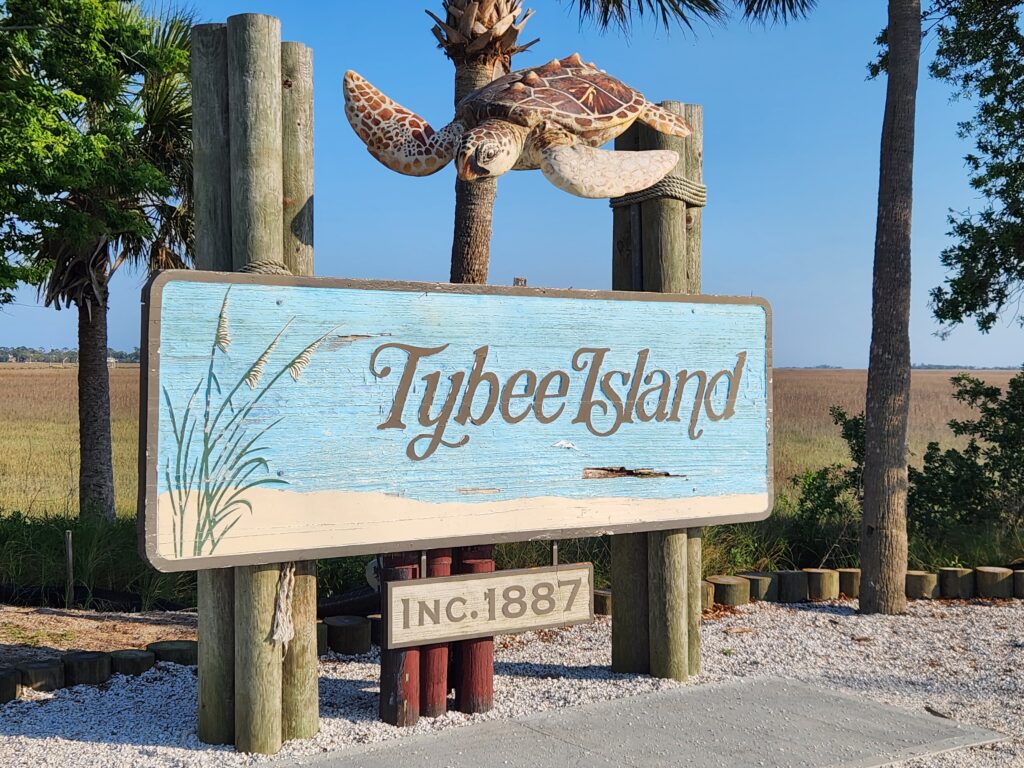

Having been to Savannah multiple times (including on our honeymoon), we limited our exploring to the island itself. This is such a laid-back place, that even the police station has rocking chairs on a wide and breezy front porch, in case you want to sit-a-bit between fingerprints and mug shots.
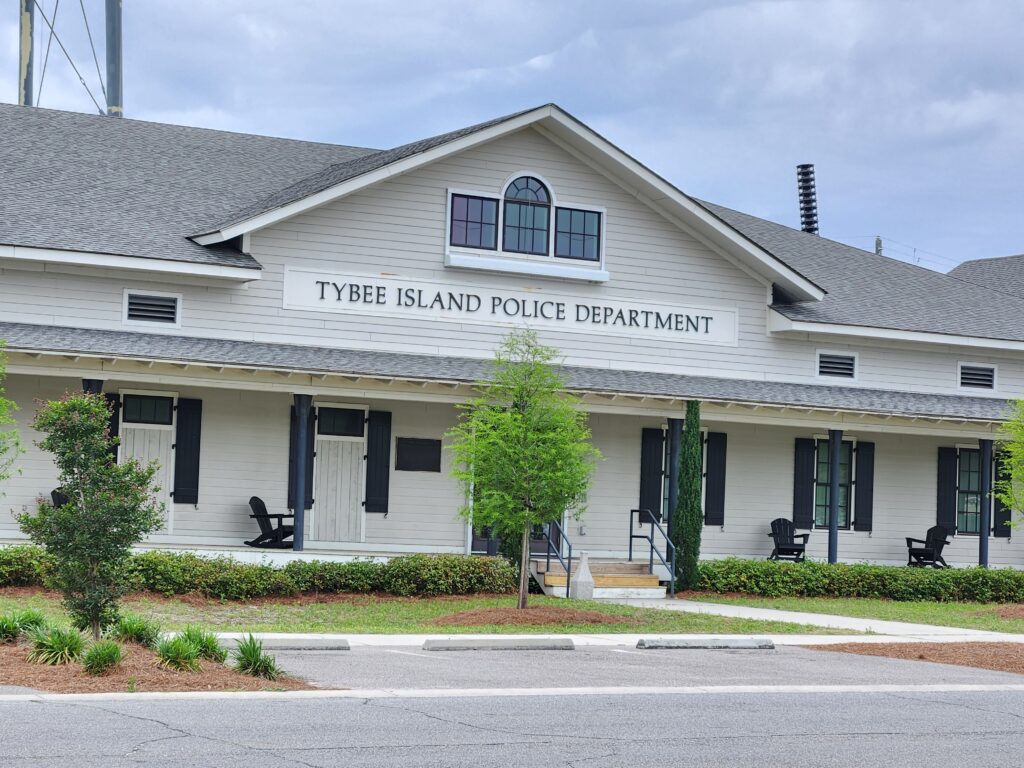
We whiled away the days with such simple pleasures as a farmers market beneath the shadow of the largest and oldest lighthouse in Georgia, and our first-ever attempt at disc golf, which whould be better labeled as “target frisbee.” This course included a cute hole shaped like their famous lighthouse!
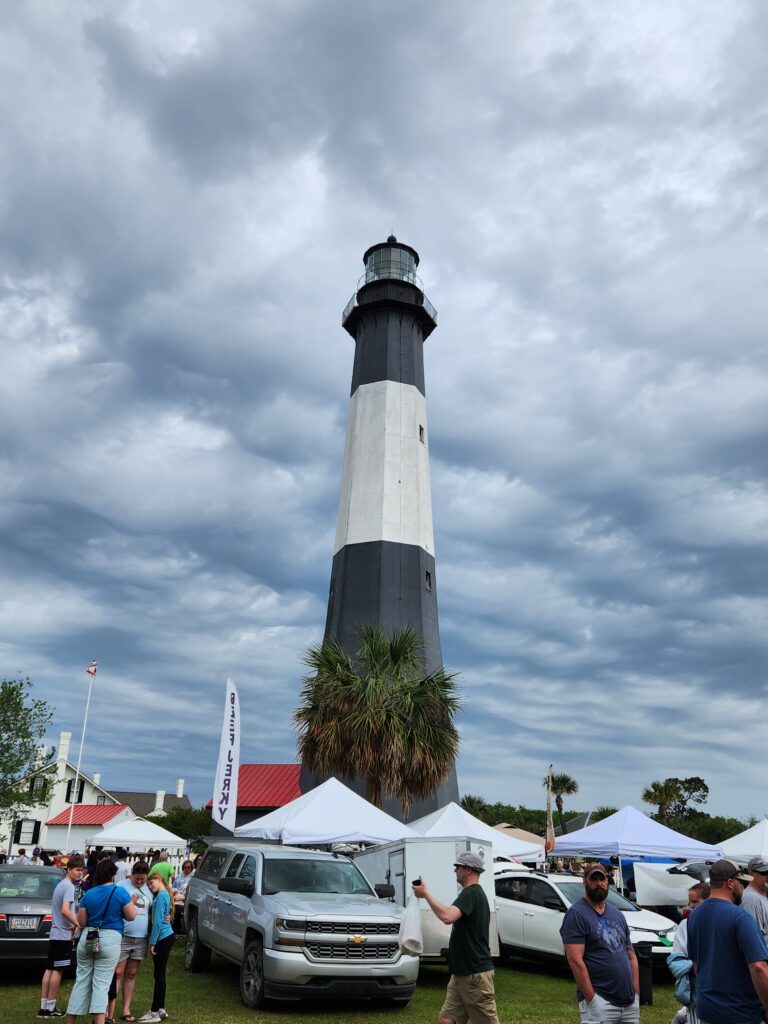
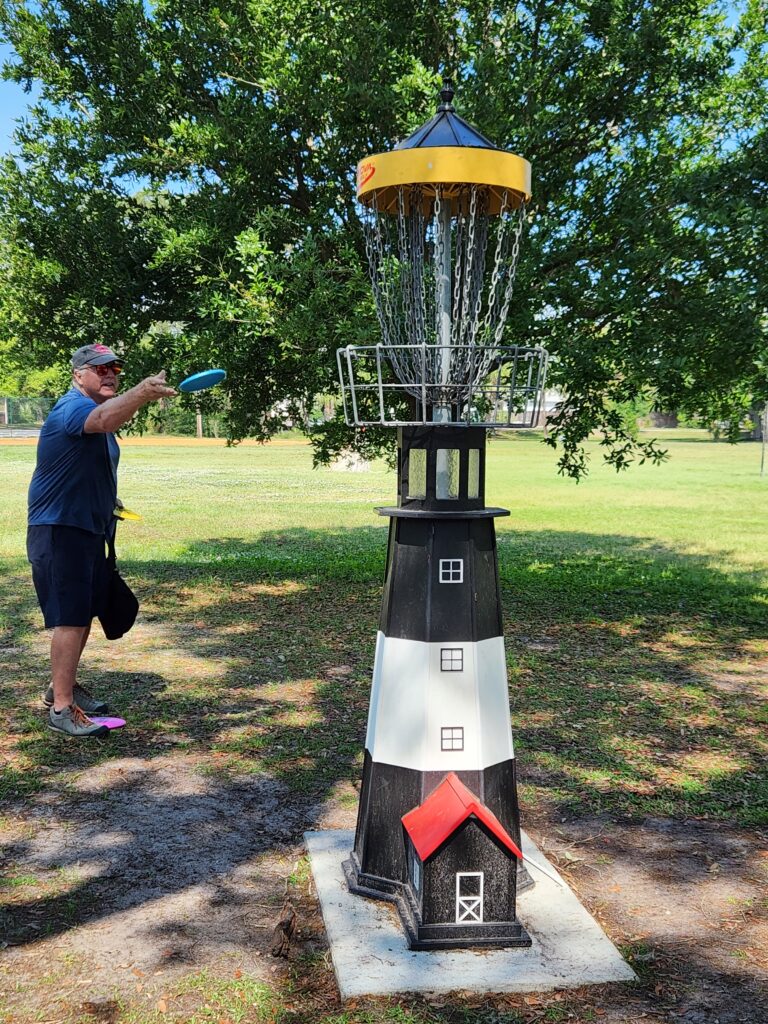
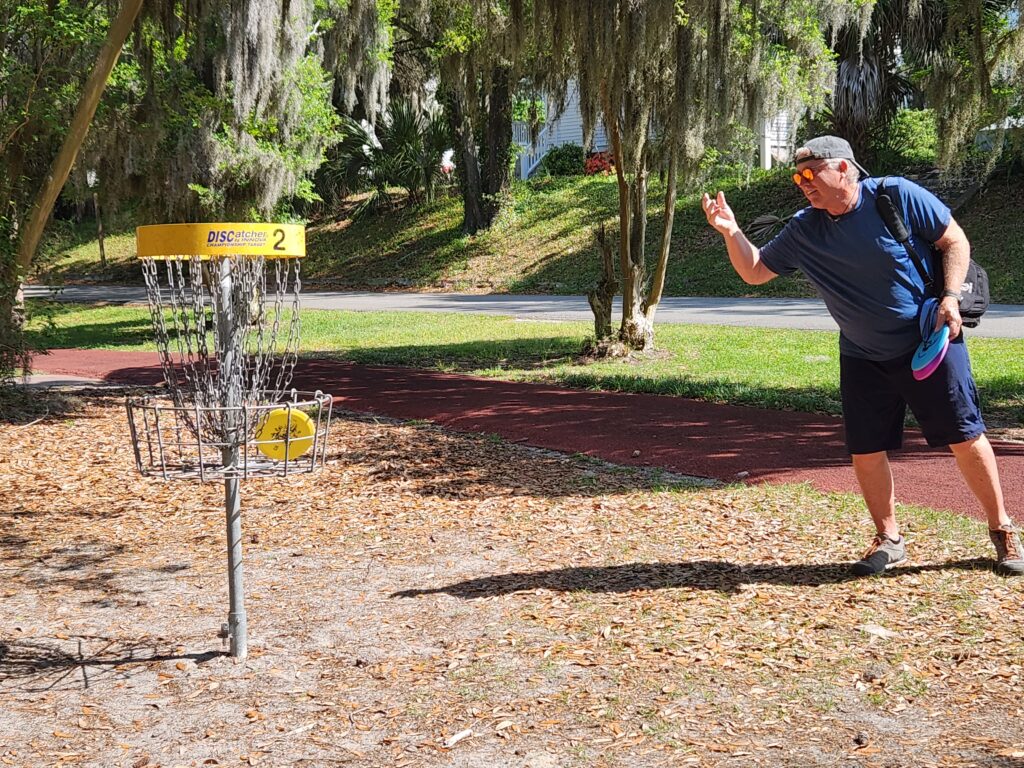
Life hasn’t been ALL fun and games, however. It was on this stop that we had to replace the entire motor/tank assembly on our stupid VacuFlush toilet. Getting repairs done while on the road is an ongoing challenge. This one required a $1,750 part to be overnighted to the campground + literally every tool in the RV + all the PPE we could find at the local hardware store. Not all superheroes wear capes … some wear double-thick masks and heavy-duty rubber gloves! We’re back in the flushing business … thanks hon!



Our last stop of this 9-week trip will be Easter weekend in Columbia, South Carolina, where the majority of Philip’s large, extended family resides! It’s family-palooza, coming up, before we start the trek back to Arizona.

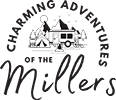

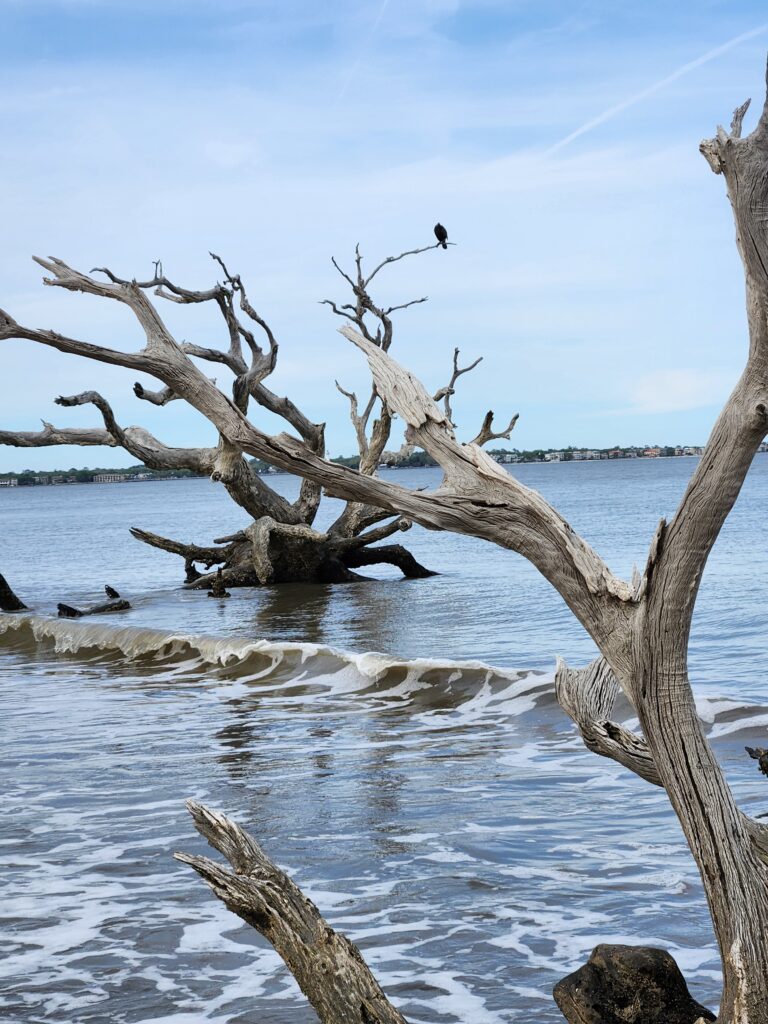
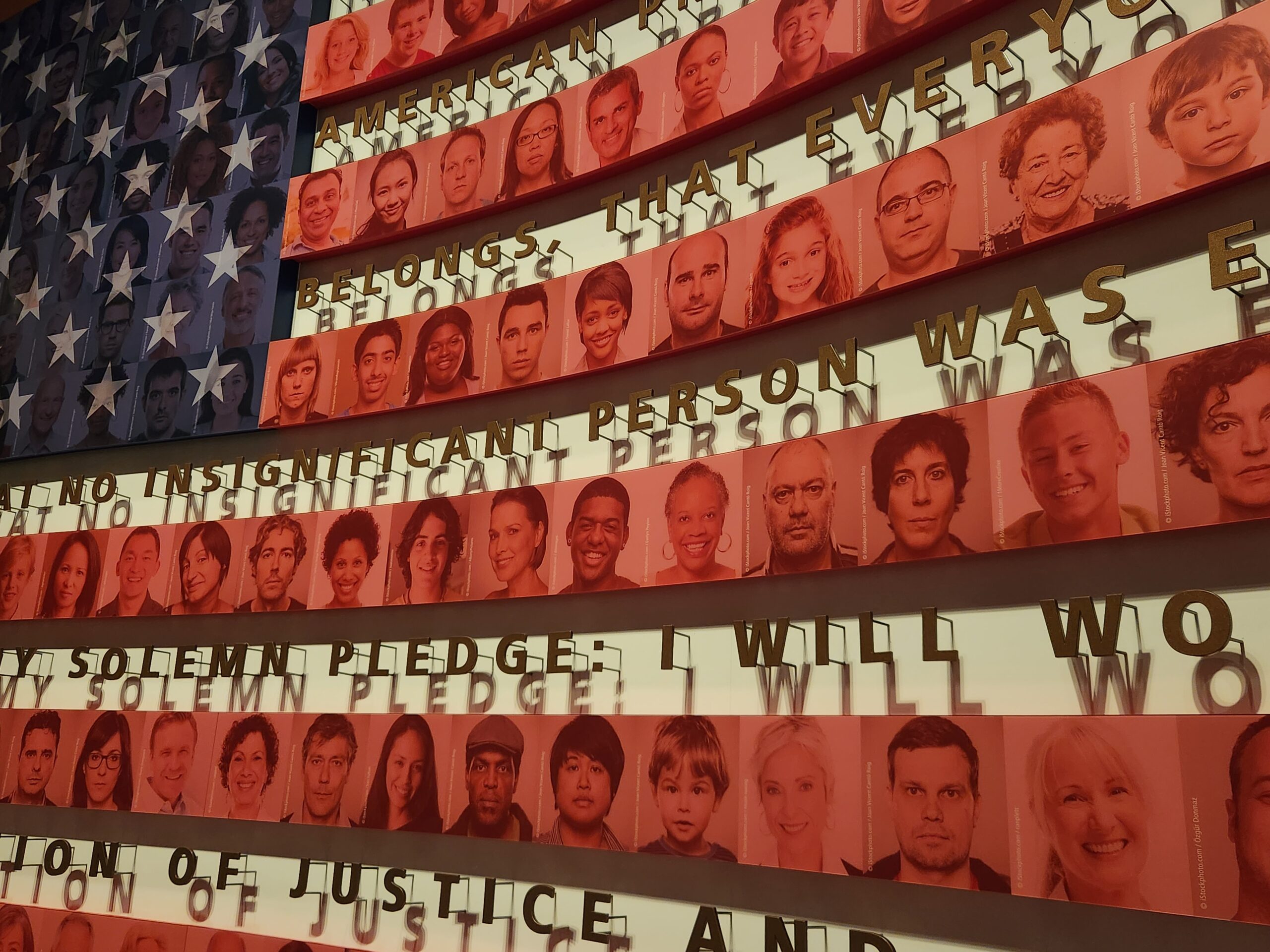
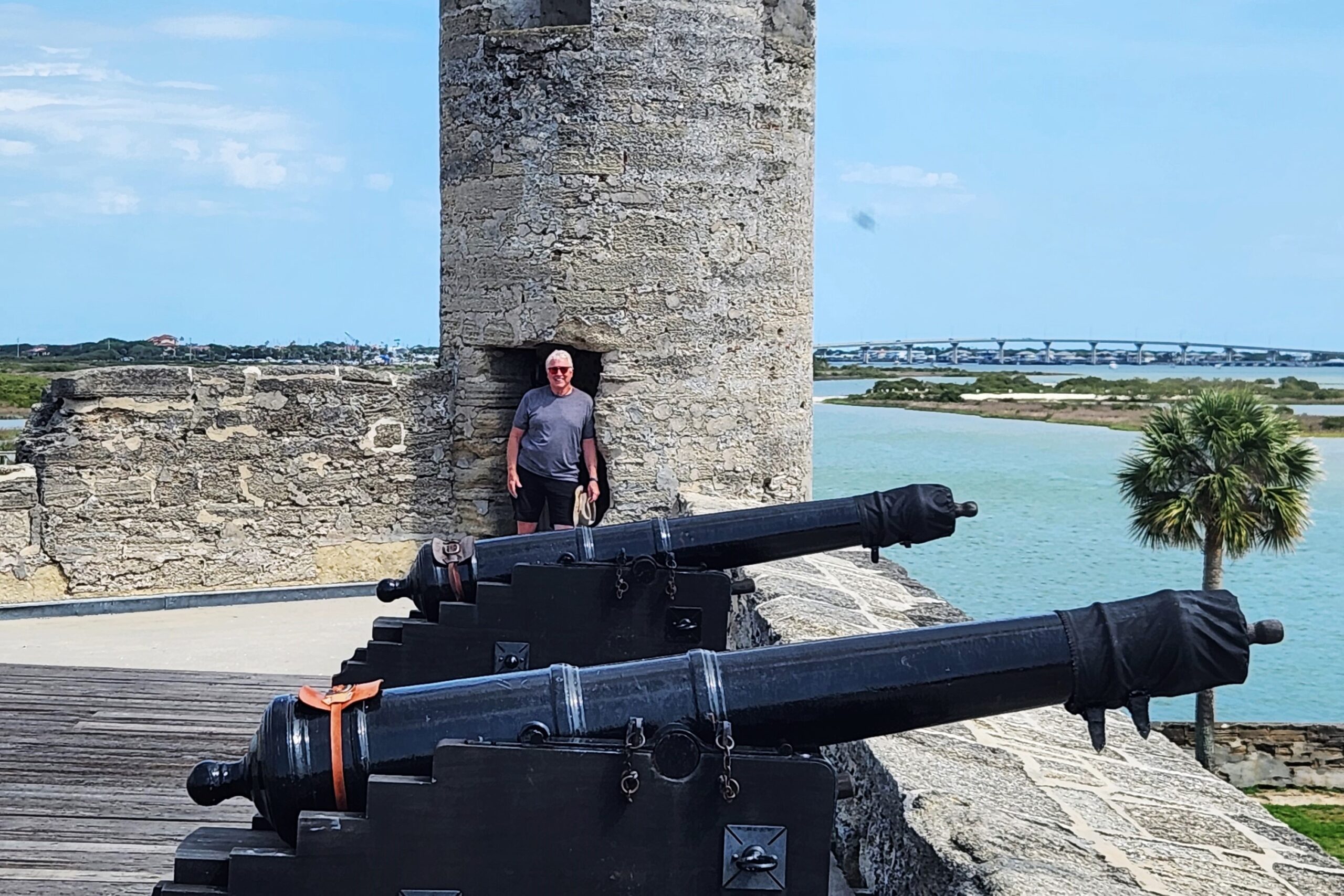
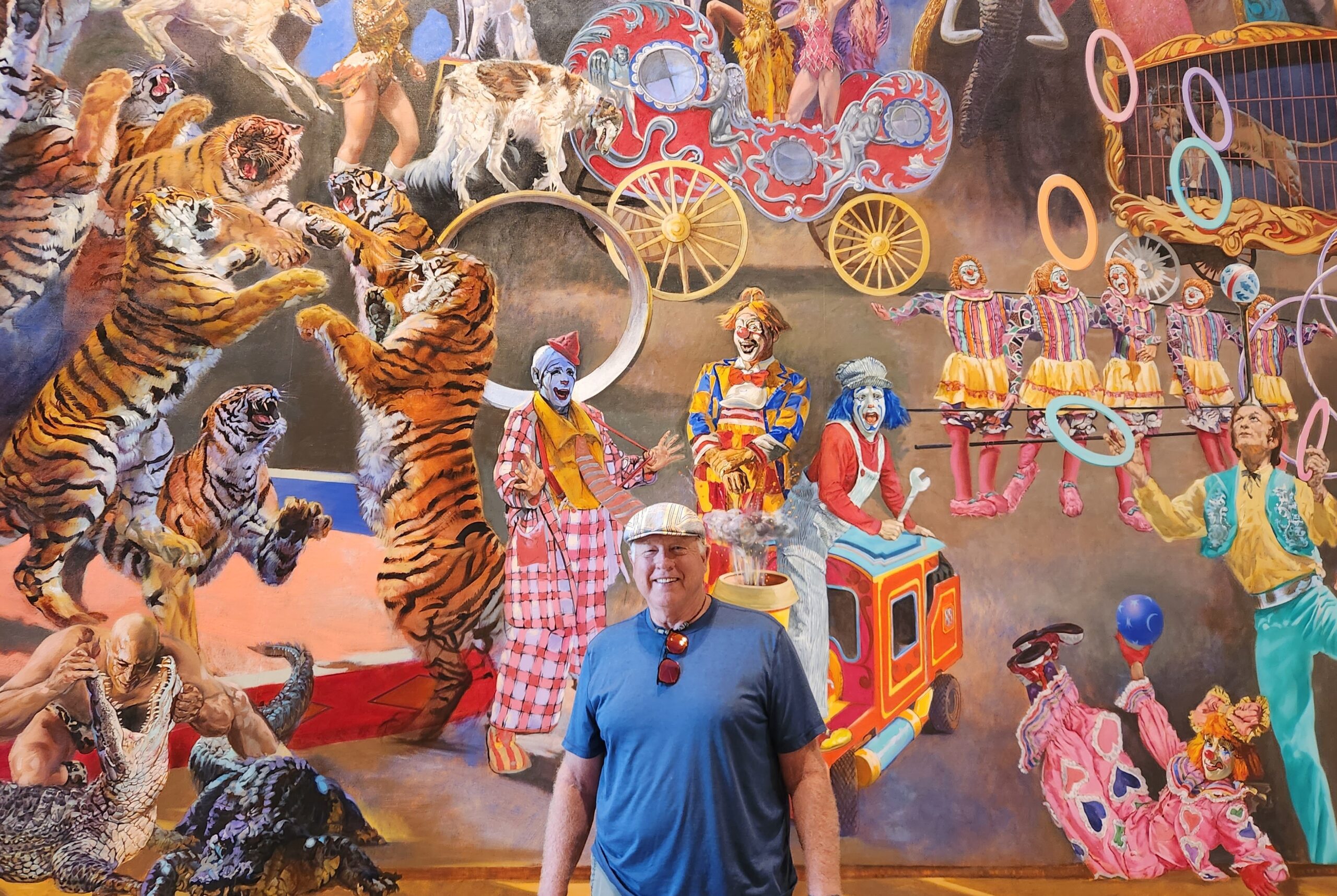
These are such great photos, Tessa – I love Driftwood Beach! Georgia had always been a drive through state for us until four or five years ago. Now we have several favorite places, and we’re looking forward to discovering more. Hope you and Philip enjoyed a lovely Easter with your family!
Visiting Jekyll has been Valentine’s Day tradition for us for several years. We enjoy the off-season when the weather is a bit cooler and there are fewer visitors. Also, January and February are devoted to ‘treasure hunting’ (hand-blown glass floats), which is always fun. Google it if you are not familiar. Once again, you have perfectly captured the ‘flavor’ of the place through your words and beautiful photographs.
Oooooooh that Treasure Hunt is right up our alley! YAY another excuse to go back to Jekyll!!! I am glad you enjoyed my summary — which was very challenging to sum up such a special place, but if you’ve been there before, you know exactly what I mean! 🙂
We completely agree that Jekyll Island is delightful. In fact, we’re going back next spring! Your photos are beautiful, although you scared me there for a minute with that pic of Driftwood Beach that looks like Grand Central Station at rush hour. What the heck? I guess everyone was looking for that perfect Instagram moment.
So sorry to hear about that EXPENSIVE toilet repair. Dang! Good thing you have Mr. Fix-It Extraordinare on board. I know that must have been a miserable job, but he looks so good natured about it! I can tell you Eric never looked that happy when he was tackling a terrible RV repair job, haha. Hope you guys are having a great time with your family!
Love reading about all your adventures, Tessa! Welcome back to Phoenix for a bit. Enjoy your family. Can’t wait to read more when you head up to the Northwest. Grand Teton and Yellowstone are on our list!